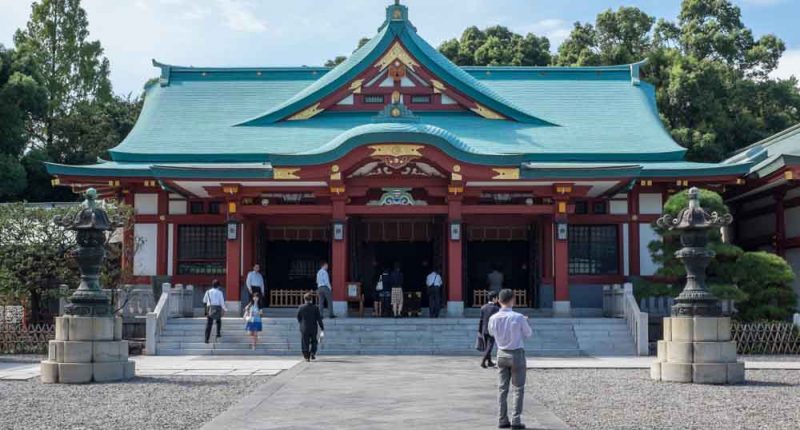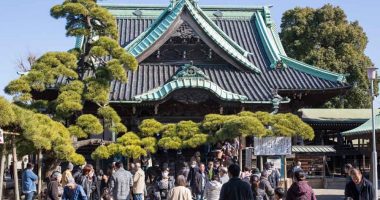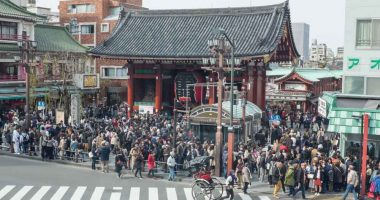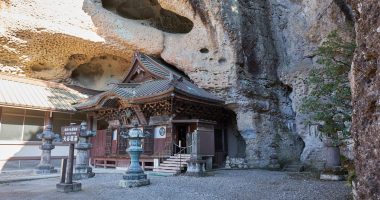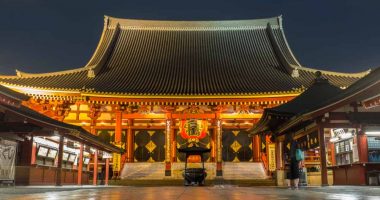Hie Shrine was established in 1478 by the regional lord, Ota Dokan—best known as the architect of Edo castle—to enshrine the spirit of Kawagoe Sanno Shrine so that it could act as protector of the city. The shrine was lost, like much of the city, in the Great Fire of Meireki in 1657 and rebuilt under the orders of Tokugawa Ietsuna two years later in its current location, chosen partly because the high ground meant that it could be viewed from Edo Castle. The main building was once again destroyed in the air raids of 1945 and the structure we see today was built in 1958.
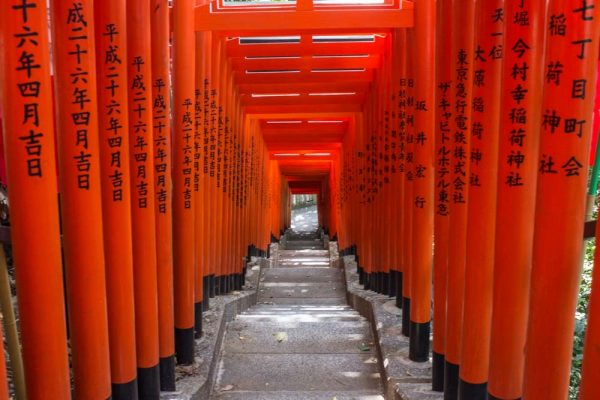
Hie Shrine holds 14 items designated as Important Cultural Assets and one National Treasure—Itomaki-no-Tachi (a long sword with lacing on the scabbard). It is also home to one of Tokyo’s most famous festivals, the Sanno Matsuri, which takes place in mid-June.
